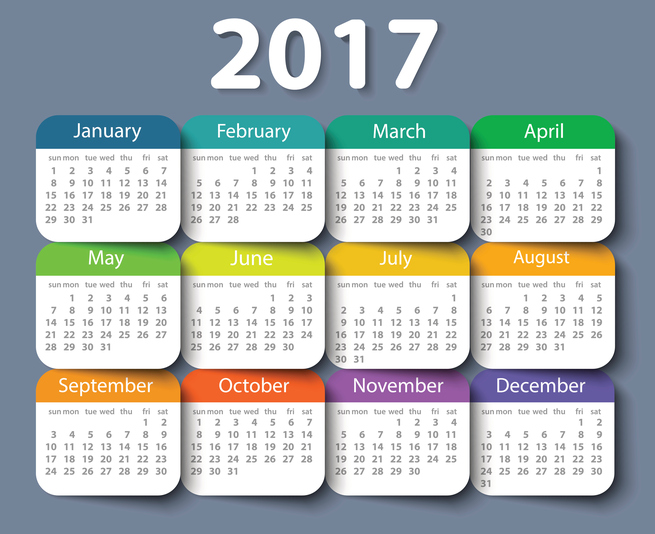With the busy holiday season tidied up for another year, January is a month of fresh starts. Armed with a long to-do list, this first month of the year is an excellent time to get things done you may have been putting off for ages. Updating your will, making doctor appointments, having your hearing tested or decluttering around the house are just a few chores that have a better chance of getting done while the weather keeps older adults indoors.
January is also National Glaucoma Awareness Month and there is no better time than the present to have your eyes tested. When caught early, glaucoma can be treated with medication or surgery. Early detection is essential to help stop the progression of this disease which often begins with peripheral vision loss. Once eyesight is lost, it cannot be recovered and while there is no cure, treatment can help preserve vision.
Glaucoma is the second leading cause of blindness worldwide and more than 3 million Americans suffer from the sight-stealing disease. African Americans and Latino populations have a 6 to 8 times greater risk for Glaucoma than Caucasians. Other risk factors include age (older than 60), a family history of the disease, diabetes and severe nearsightedness.
Because older adults can lose up to 40 per cent of their eyesight permanently before noticing any changes in vision, it is important to have regular eye exams to catch any optic nerve damage before it can progress. Older adults should have a comprehensive eye exam, including dilation to check the retina and optic nerve for signs of damage, once every two years. Seniors with higher risk factors should be tested annually.
To learn more about Glaucoma, visit the National Eye Institute website by following this link.






Add Your Voice
0 Comments
Join the Discussion